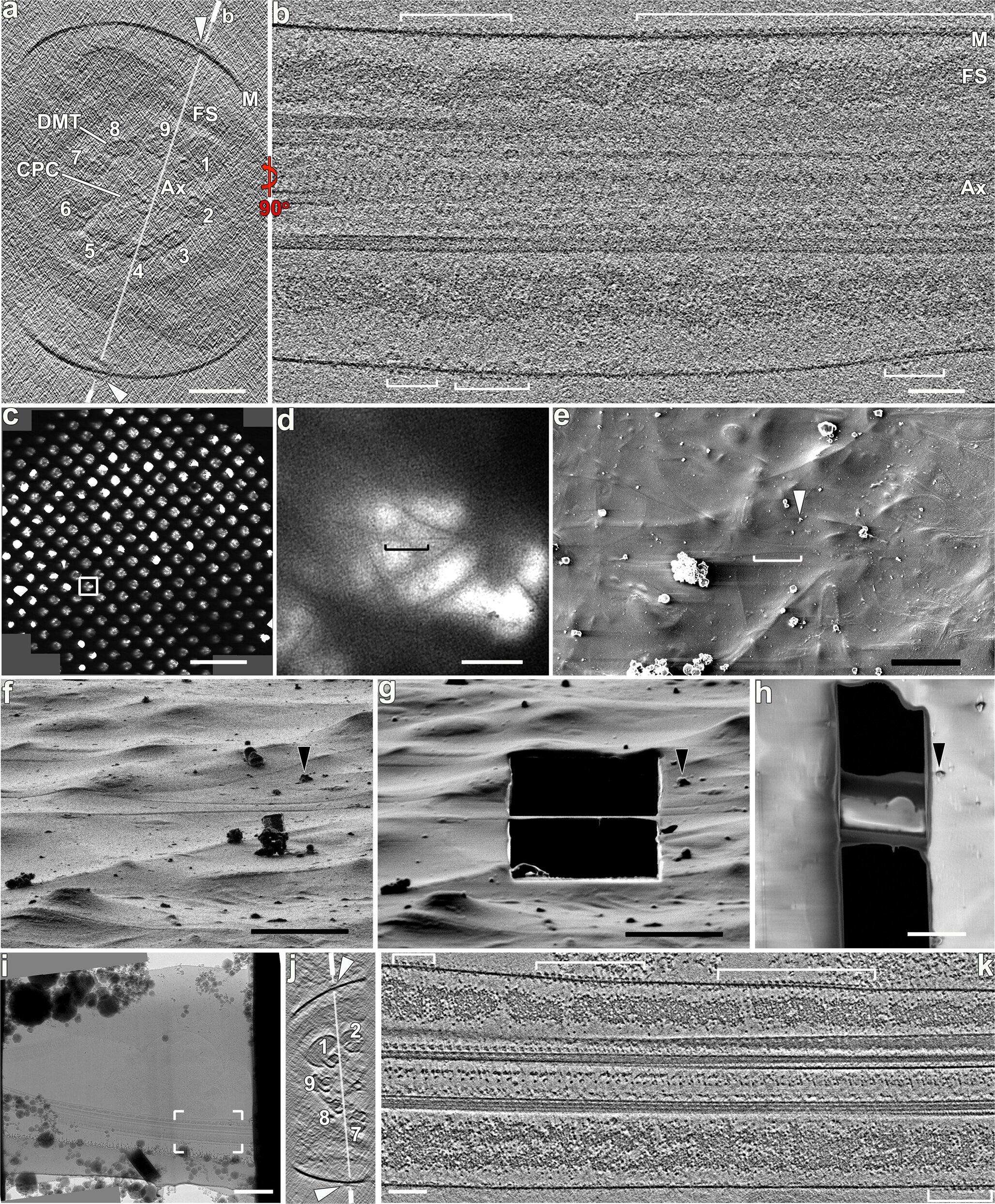Architecture of the tail drives sperm forward

Click here to sign in with or
Forget Password?
Learn more
share this!
80
8
Share
June 30, 2022
Architecture of the tail drives sperm forward
by Bill Hathaway, Yale University
Channels that line the tail of sperm contain pores that allow the entry of calcium, which fuels their journey to the female reproductive tract.
In a new study, researchers from Yale and the University of Texas Southwestern captured images of critical components of these so-called CatSper ion channels, revealing that they are interconnected and arranged in zig-zag fashion. This molecular architecture allows for the highly coordinated whip-like action of the sperm tail that propels it to its goal, they report in the journal Nature Communications.
"The subunits of these channels are arranged like staggered beads on a necklace in a double row," said Jean-Ju Chung, associate professor of cellular and molecular physiology at Yale and co-corresponding author of the research.
Chung and her Yale colleagues had previously identified the CatSper channel complex, which is linearly arranged along the flagella of sperm, as the primary driver of sperm's hyperactivated motility. The use of cryo-electron tomography allowed researchers in the new study to view the channel complex at the atomic level, revealing an important glimpse of the complex relationship of components along the channels which are essential to jumpstarting life in mammals.
Explore further
Feedback to editors
Jul 01, 2022
0
Jul 01, 2022
2
Jul 01, 2022
0
Jul 01, 2022
11
Jun 30, 2022
0
12 hours ago
22 hours ago
22 hours ago
Jul 01, 2022
Jul 01, 2022
Jul 01, 2022
Jul 01, 2022
Relevant PhysicsForums posts
1 hour ago
1 hour ago
1 hour ago
1 hour ago
1 hour ago
1 hour ago
More from Physics Forums | Science Articles, Homework Help, Discussion
May 03, 2019
Dec 01, 2020
Feb 24, 2017
Dec 01, 2020
Feb 21, 2018
Apr 01, 2016
Recommended for you
12 hours ago
Jul 01, 2022
Jul 01, 2022
Jul 01, 2022
Jul 01, 2022
Jul 01, 2022
Use this form if you have come across a typo, inaccuracy or would like to send an edit request for the content on this page. For general inquiries, please use our contact form. For general feedback, use the public comments section below (please adhere to guidelines).
Please select the most appropriate category to facilitate processing of your request
Thank you for taking time to provide your feedback to the editors.
Your feedback is important to us. However, we do not guarantee individual replies due to the high volume of messages.
Your email address is used only to let the recipient know who sent the email. Neither your address nor the recipient's address will be used for any other purpose. The information you enter will appear in your e-mail message and is not retained by Phys.org in any form.
Get weekly and/or daily updates delivered to your inbox. You can unsubscribe at any time and we'll never share your details to third parties.
More information Privacy policy
Medical Xpress
Medical research advances and health news
Tech Xplore
The latest engineering, electronics and technology advances
Science X
The most comprehensive sci-tech news coverage on the web
Newsletters
This site uses cookies to assist with navigation, analyse your use of our services, collect data for ads personalisation and provide content from third parties. By using our site, you acknowledge that you have read and understand our Privacy Policy and Terms of Use.
Comments
Post a Comment